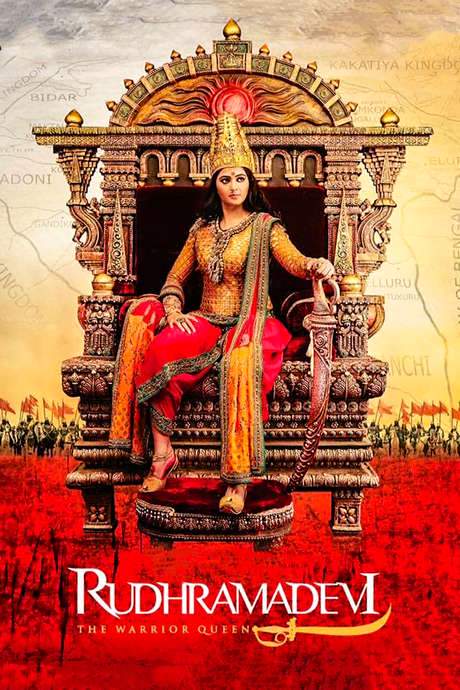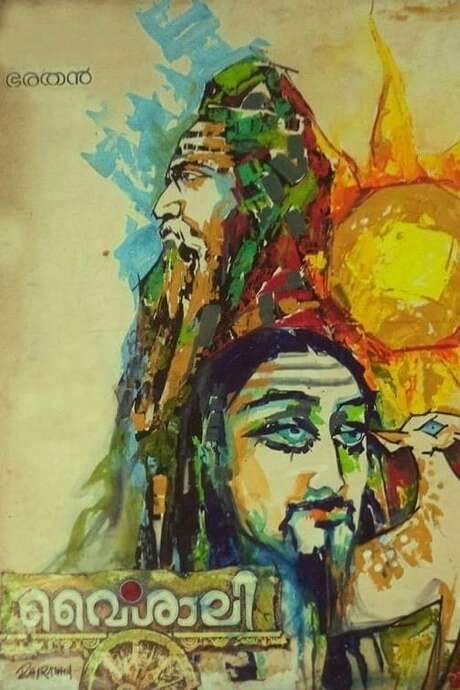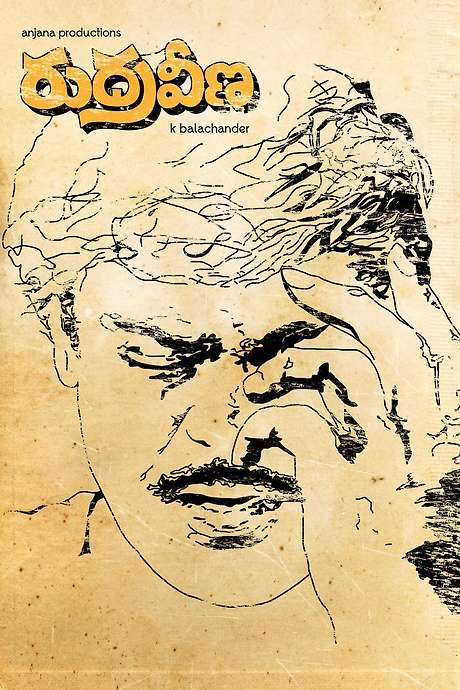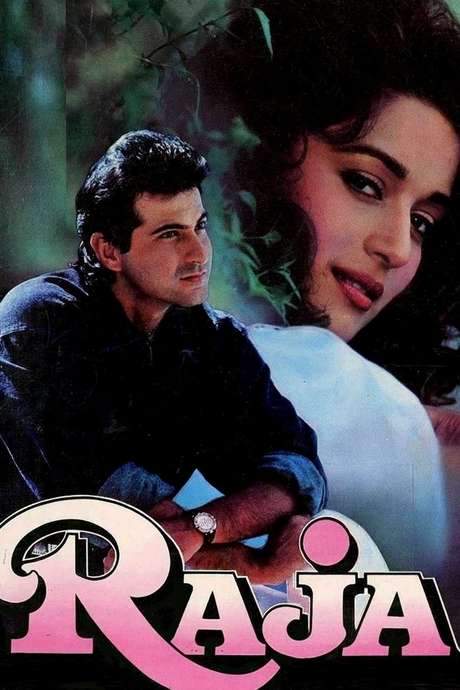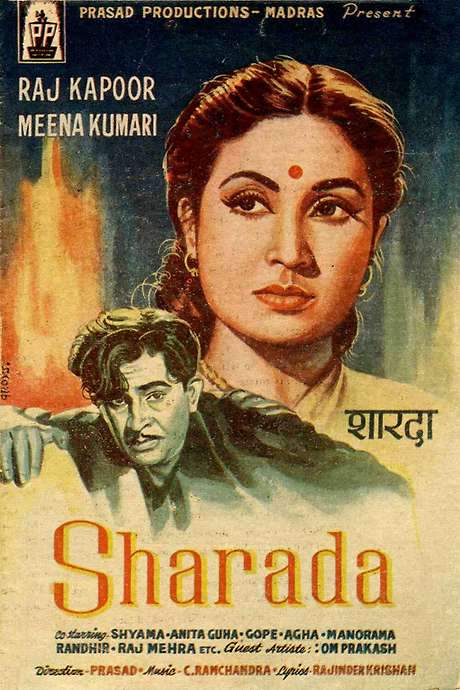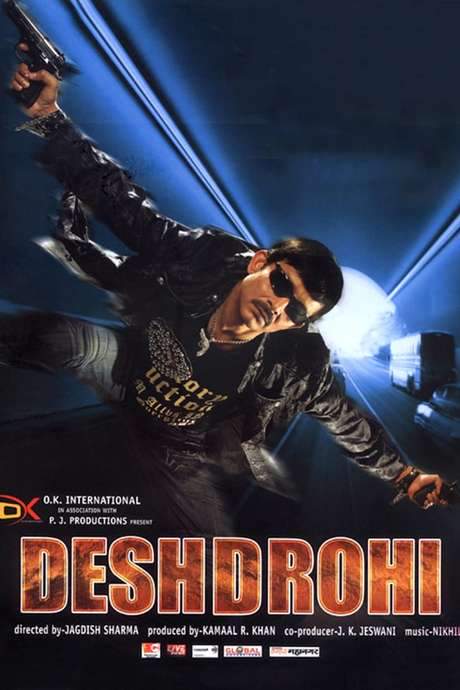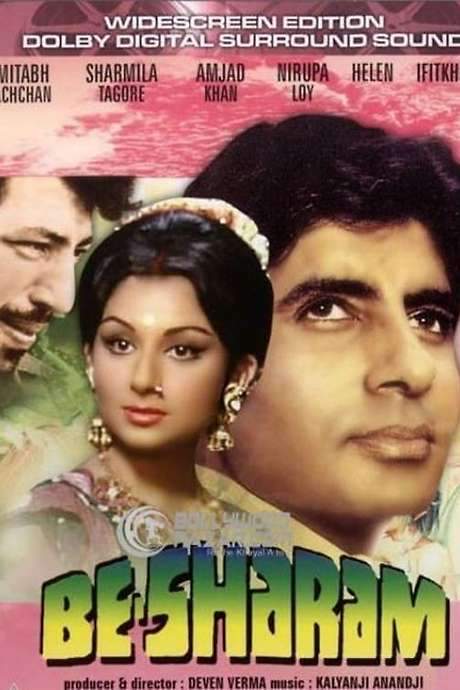
Rudaali
Year: 1993
Runtime: 128 mins
Language: Hindi
Director: Kalpana Lajmi
Shanichari, a caste woman, endures poverty, orphaned parents, a drunken husband and a young son. The title refers to Rajasthan’s Rudaali tradition, where hired female mourners grieve a male relative since aristocratic women cannot show emotion. Based on Mahasweta Devi’s short story, the NFCD‑Doordarshan film shows the hardships of marginalized women.
Warning: spoilers below!
Haven’t seen Rudaali yet? This summary contains major spoilers. Bookmark the page, watch the movie, and come back for the full breakdown. If you're ready, scroll on and relive the story!
Timeline & Setting – Rudaali (1993)
Explore the full timeline and setting of Rudaali (1993). Follow every major event in chronological order and see how the environment shapes the story, characters, and dramatic tension.
Last Updated: October 04, 2025 at 14:44
Main Characters – Rudaali (1993)
Meet the key characters of Rudaali (1993), with detailed profiles, motivations, and roles in the plot. Understand their emotional journeys and what they reveal about the film’s deeper themes.
Last Updated: October 04, 2025 at 14:44
Major Themes – Rudaali (1993)
Explore the central themes of Rudaali (1993), from psychological, social, and emotional dimensions to philosophical messages. Understand what the film is really saying beneath the surface.
Last Updated: October 04, 2025 at 14:44
Unlock the Full Story of Rudaali
Don't stop at just watching — explore Rudaali in full detail. From the complete plot summary and scene-by-scene timeline to character breakdowns, thematic analysis, and a deep dive into the ending — every page helps you truly understand what Rudaali is all about. Plus, discover what's next after the movie.
Rudaali Summary
Read a complete plot summary of Rudaali, including all key story points, character arcs, and turning points. This in-depth recap is ideal for understanding the narrative structure or reviewing what happened in the movie.

Similar Movies to Rudaali
Discover movies like Rudaali that share similar genres, themes, and storytelling elements. Whether you’re drawn to the atmosphere, character arcs, or plot structure, these curated recommendations will help you explore more films you’ll love.
Explore More About Movie Rudaali
Rudaali (1993) Plot Summary & Movie Recap
Rudaali (1993) Scene-by-Scene Movie Timeline
Rudaali (1993) Spoiler-Free Summary & Key Flow
Movies Like Rudaali – Similar Titles You’ll Enjoy
Parched (2016) Complete Plot Breakdown
Laaga Chunari Mein Daag: Journey of a Woman (2007) Ending Explained & Film Insights
Rudhramadevi (2015) Full Summary & Key Details
Chandni Bar (2001) Film Overview & Timeline
Rajput (1982) Detailed Story Recap
Vaishali (1988) Full Summary & Key Details
Rudraveena (1988) Detailed Story Recap
Rani: The Real Story (2023) Complete Plot Breakdown
Raja (1995) Full Movie Breakdown
Laadla (1994) Movie Recap & Themes
Sharada (1957) Movie Recap & Themes
Rajnigandha (1974) Ending Explained & Film Insights
Deshdrohi (2008) Full Movie Breakdown
Besharam (1978) Spoiler-Packed Plot Recap
Dil Diya Dard Liya (1966) Detailed Story Recap





